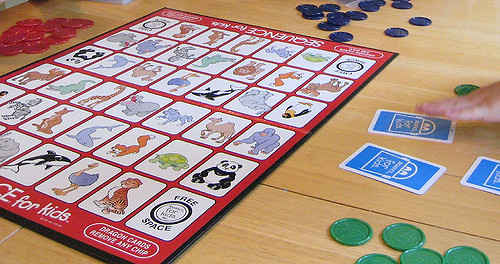Students with working memory difficulties are not always easy to identify, but experienced teachers and parents often recognize when something is amiss. While a comprehensive neuropsychological evaluation is the best tool for identifying deficits in working memory, there are many common home and classroom characteristics of kids with weak working memory skills. The most frequently observed symptom is difficulty in following directions, especially multi-step directions. Kids with working-memory difficulties may appear to be absent-minded, lose track of what they are talking about, and need reminders to follow classroom routines. These kids often learn something one day and seem to have forgotten it by the next.
Fortunately, there are many effective working memory strategies for the classroom. Here are some of our favorites:
Make instructions straightforward. Use simple and brief instructions to help students remember what they are doing. Provide reminders and ask for repetition of the instructions.
Help students to recognize their working-memory difficulties. Interestingly, many students with problems in working memory have some insight into their struggles. Use this recognition to provide them with strategies to overcome these working-memory issues. These could include simple strategies such as knowing when to ask for repetition, writing instruction on paper or one’s hand, or using repeated verbal self-instructions.
Parents and teachers need to support the use of external supports and aids for memory. Rather than punishing or creating unrealistic expectations for students with working-memory deficits, parents and teachers need to recognize these problems and provide tools to support weak skills in working memory. Because students may forget to use these tools, it is incumbent upon adults to ensure that they have tools readily available. This could include high and low tech tools such as smart phones (where they can record instructions), pens and post-it pads for writing, and posters and charts in highly visible locations that serve as reminders for tasks and expectations.
Provide specific memory strategies for different subject areas in the classroom. For example, spelling errors may be reduced by having a list of commonly used words on a child’s desk for easy referral. Create an expectation for shorter sentences to help with writing. Use visual materials in math rather than word problems.
Reduce classroom working memory demands for test taking. This could include the use of open-ended questions where there is more than one correct answer, provision of clear structure and outlines for studying, and open-book tests.
Working memory is just one of many important thinking skills. You can best help improve a student’s working memory when you can help them identify the working memory practice they get from their favorite pastimes. There are many popular video games that help improve working memory. You can search our library of Playbooks and App reviews to find games and apps that can help build working memory and other thinking skills.
Featured image: Flickr user Doug Waldron




